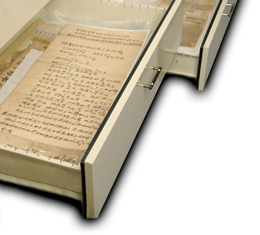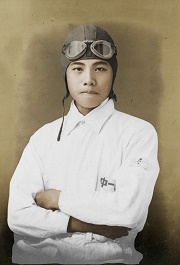|
On October 27, Lin Xian-tang visited Copenhagen, Denmark. That day was a drizzling day. Lin and his sons toured all over the Langelinie Park. In the park, there is a bronze statue featuring a large-scale group of animal figures being driven by the Norse goddess Gefjon, which shows the importance of agriculture for Denmark. Because of the Gefjon Fountain, Lin Xian-tang figured out the reasons why the industrial development was not thriving in Denmark. That was because Denmark did not produce needed resources, which were coal and iron, for its industrial development. Many countries developing their manufacturing industry well had fewer agricultural resources; while Denmark’s agricultural exports were enough to support a country. Even though Denmark was a small country, people were able to be self-sufficient. As a result, people in Denmark did not have to join the competition in the international market. They were just happily being themselves. In addition, Lin also saw the famous little mermaid statue on the rock, which colored the beauty of the scenery by the seaside. (see Figure 5)  Figure 5: The Diary of Mr. Guan-yuan on October 27, 1927.
(Source: The Diary of Mr. Guan-yuan, the digital archives of the Archives of Institution of Taiwan History) |
 |



